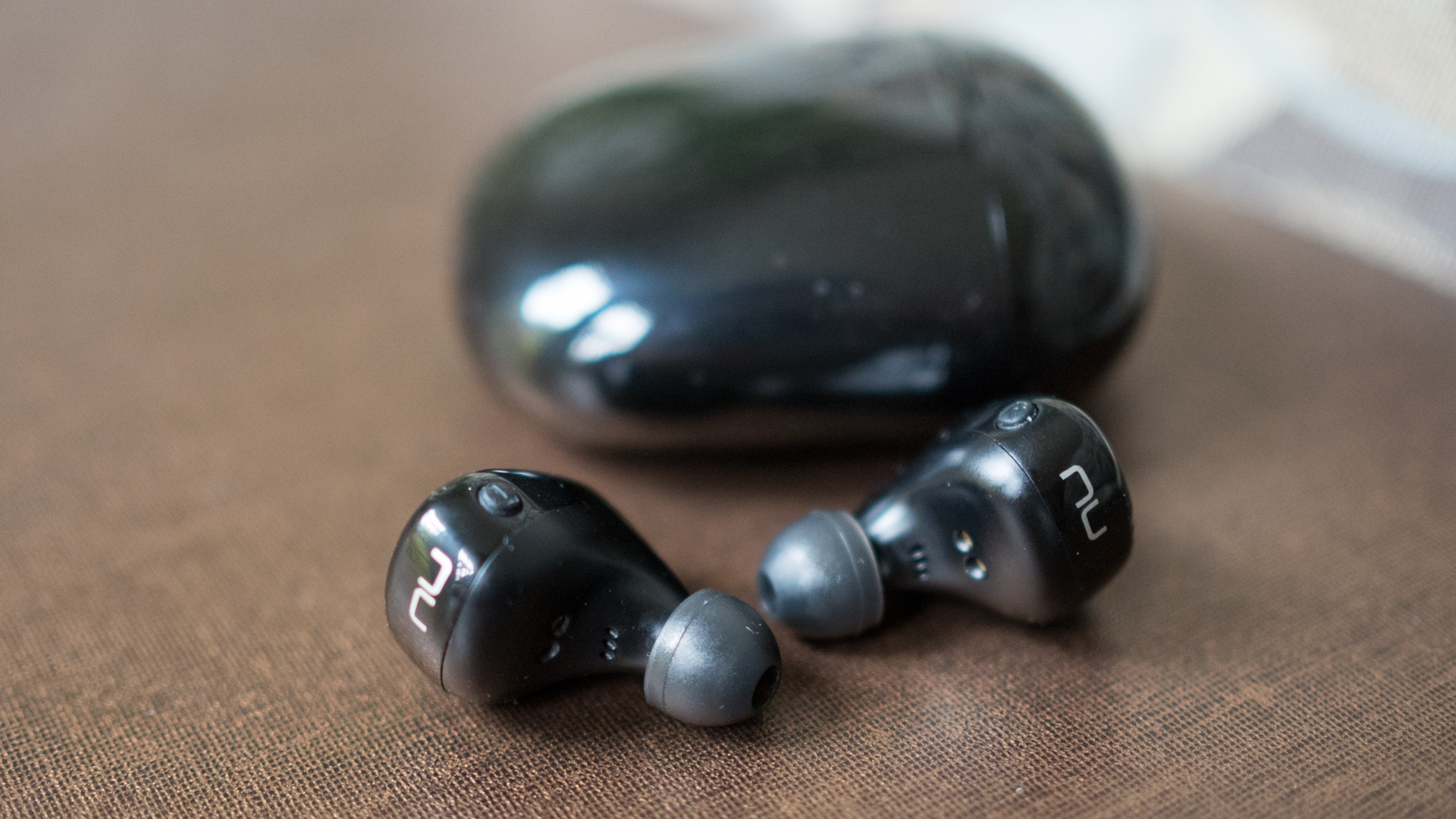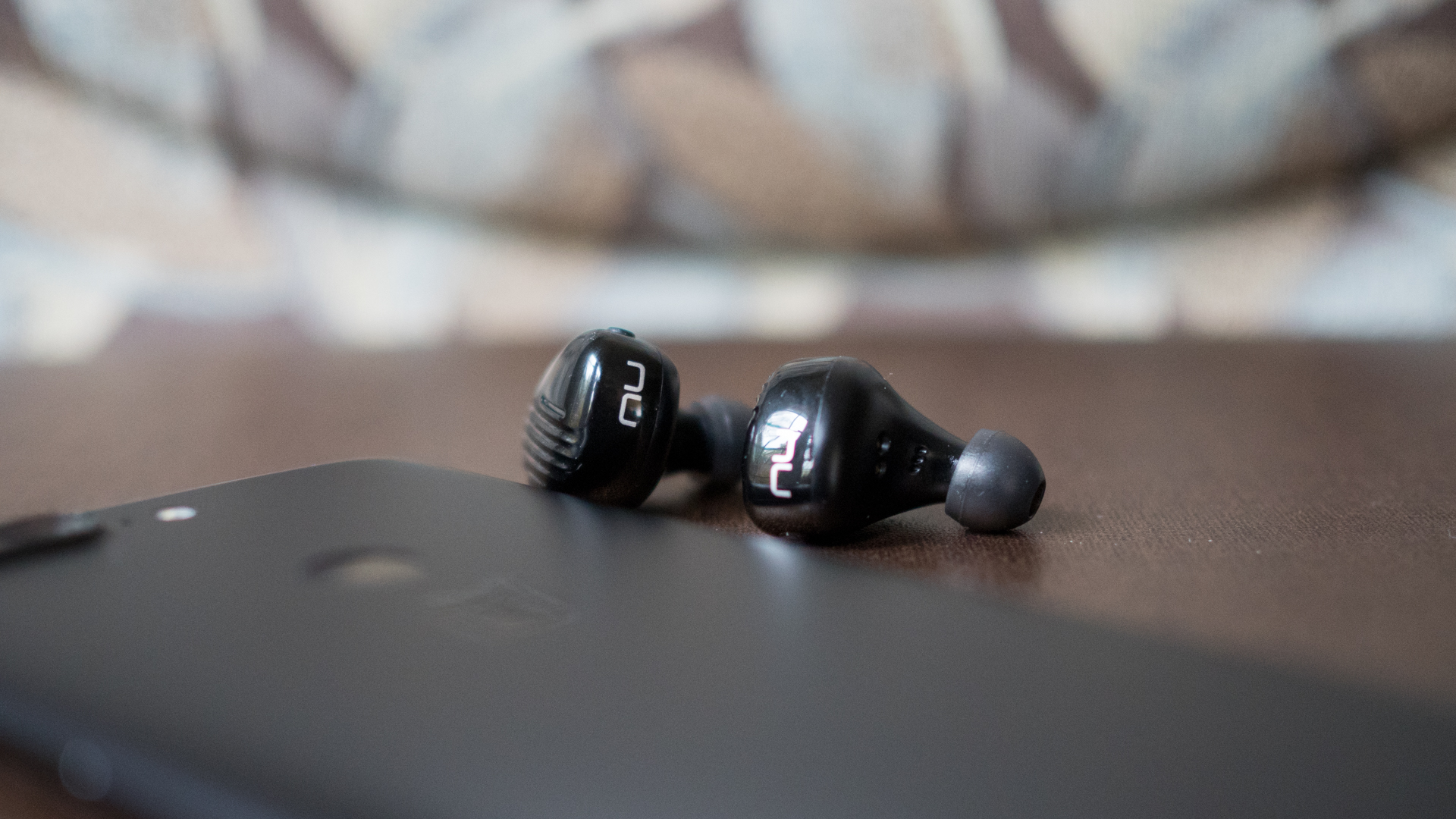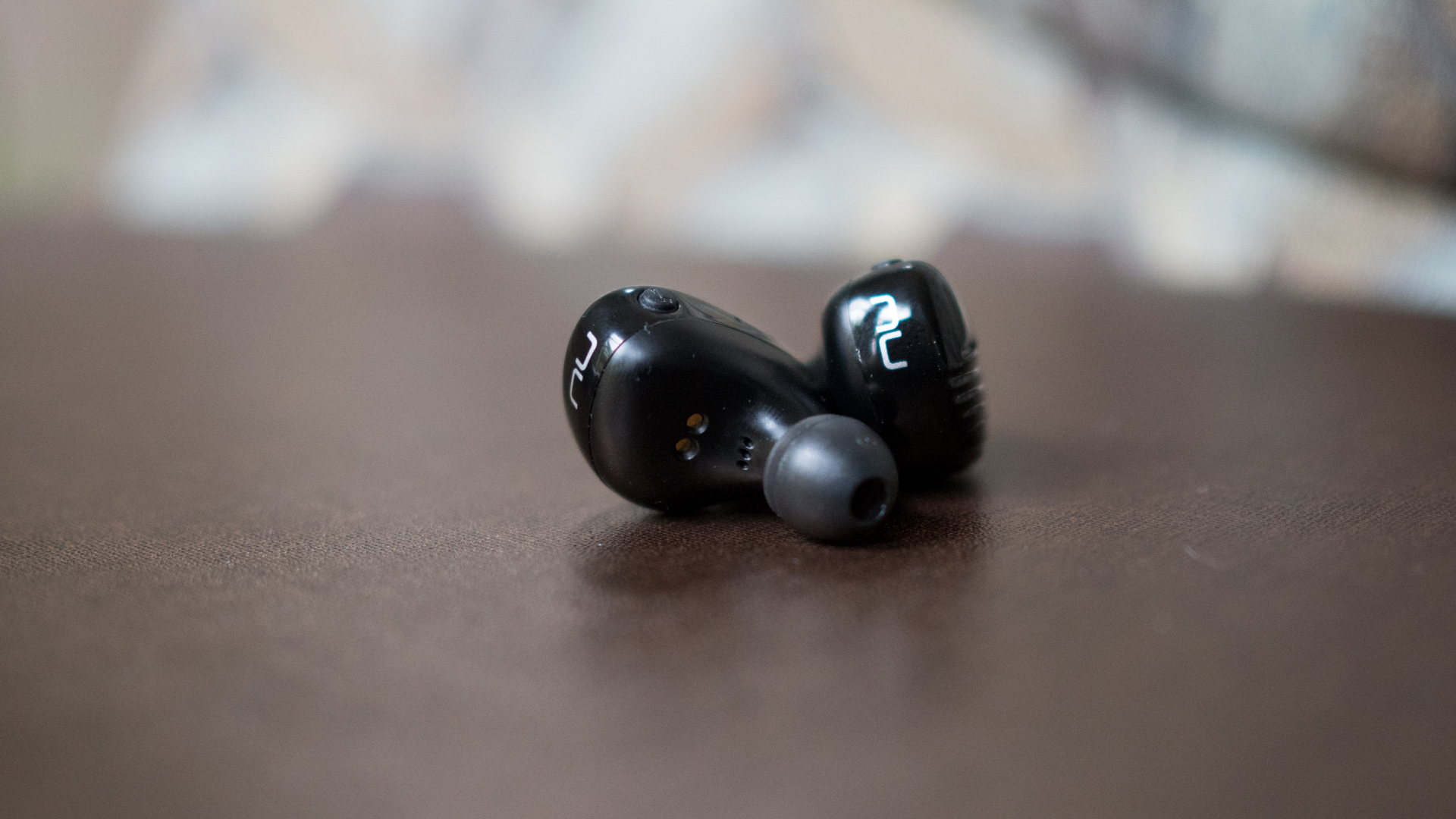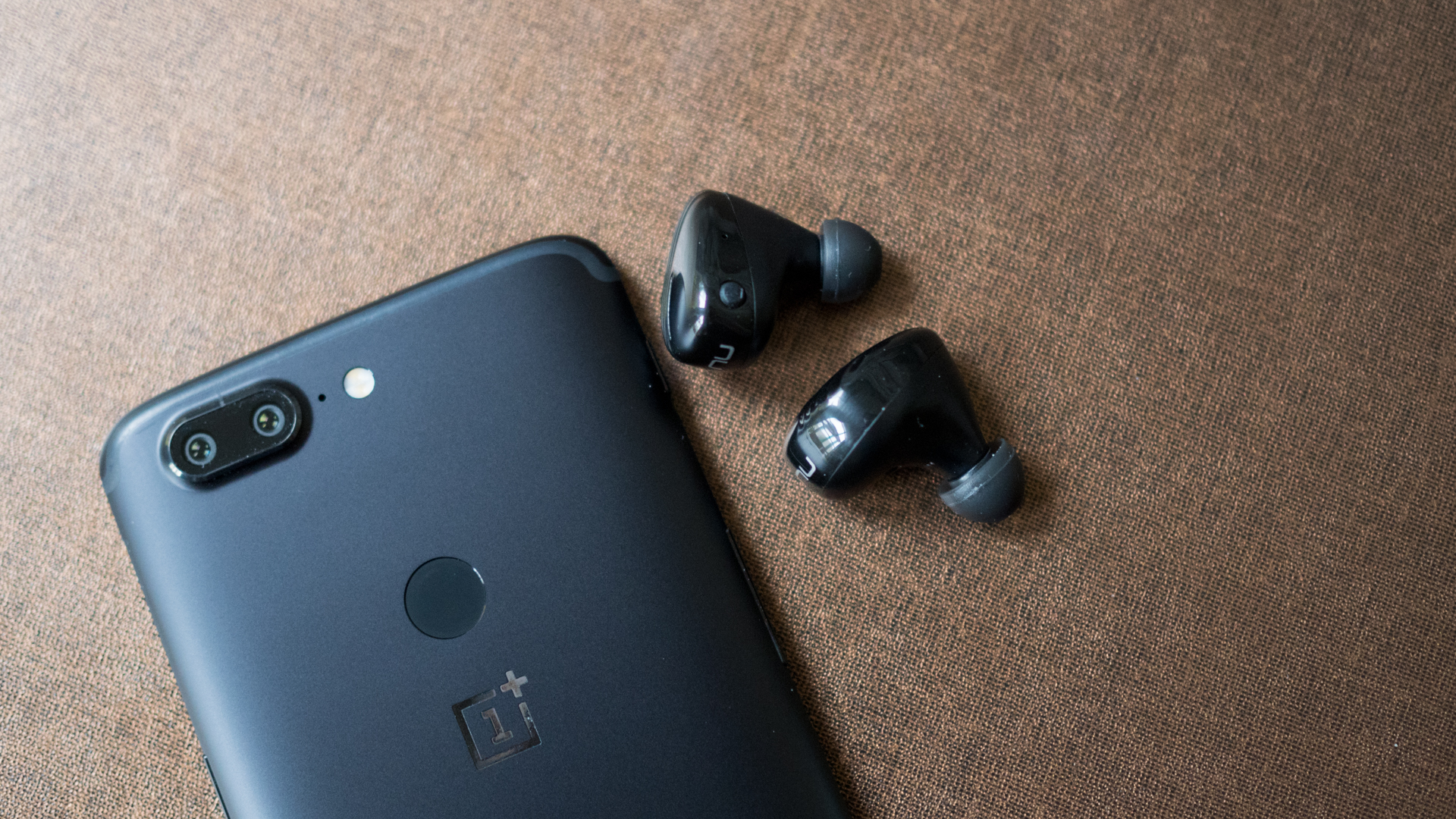TechRadar Verdict
The Optoma NuForce BE Free8 are a pair of excellent bare-bones headphones that won’t break the bank. The headphones nail the basics with ease of use, sound quality and battery life. You may not find any standout features but for listening to music on the go, the NuForce BE Free8 are a solid option.
Pros
- +
Good sound quality
- +
Excellent noise isolation
- +
16-hour battery life
Cons
- -
Audio stutters periodically
- -
Cheap-feeling build
- -
Slippery
Why you can trust TechRadar
The success of the Apple AirPods means other headphone manufacturers are going in on truly wireless headphones as well. But it's not just manufacturers who have a new-found love for wireless buds, the everyday consumer seems to love them too, which, when you think about it makes sense. There are no cables to get tangled in and they take up no space in the pocket or bag. It's a win-win.
Following on Apple's success in the area, Optoma now has its own entry in the truly wireless headphone space with the introduction of the NuForce BE Free8.
These sleek headphones may not include features like active noise cancellation or one-tap pairing but, everything considered, it does the basics very well.
Not only are sound quality, ease-of-use and battery life all good or above-par with the BE Free8, at a low-ish price of $100 (£200, about AU$132), they make a great pair of entry-level truly wireless headphones.

Design
While the Apple AirPods have an iconic look, no one’s going to bat an eye at the BE Free8. That’s not to say they’re unattractive, but understated with a simple striped design that’s reminiscent of Art Deco designed automobiles.
The buds themselves are made entirely of plastic with a glossy, piano black finish. While the black looks nice, they are slippery and pick up scratches quickly.
Equally glossy and slippery is the charging case, which looks like a rounded pebble. While glossy black looks nice, it’s quickly soiled by fingerprints and picks up scratches. We wish Optoma chose a different finish for the case ... as it looked less-than-appealing after we dropped it during our review.
Sign up for breaking news, reviews, opinion, top tech deals, and more.

While some truly wireless earbuds like the Bragi Dash feature touch controls, the NuForce BE Free8 uses physical controls in the form of small buttons located at the top of each bud. The earbuds turn themselves on when removed from the charging case and playback is controlled by a series of clicks (once for play/pause, twice to skip, three times for previous track).
Physical controls are great, as you can reposition the earbuds without triggering a command. However, the plastic build and stiff buttons means you’ll hear a cheap-sounding hollow clunk when you press the button. That by no means is a deal breaker, but it's something for Optoma to improve in the next version.
If you plan on working out with the BE Free8, rest assured that these headphones can take a little moisture exposure: They’re rated IPX5 for splashes from rain and sweat, which makes them potentially good partners at the gym.
Performance
Wireless performance of the Optoma NuForce BE Free8 is good, but we did suffer from intermittent stuttering when walking around the city with them. The stutters happened infrequently enough that it’s not a big deal, but it's still something that should be taken note of when considering purchasing a pair for yourself or a family member.
Similarly, the wireless connection between the two earbuds is strong but the earbuds have to be close to one another to work. We tried sharing music with someone else but it didn’t work unless our heads were basically 5 inches apart thanks to Optoma’s use of near-field magnetic induction for the connection between buds.
In more technical terms, the left earbud is the master and only it can be used to control playback and pairing. There is a button on the right earbud but it’s only used for waking up the bud from sleep.

Sound quality is good and retain the easy-listening sound signature of other NuForce earbuds like the NuForce BE2 and the NuForce BE Sport3: Bass has good presence but is a little uncontrolled. Mids are lush and somewhat soft with highs that have a gradual roll off at the top, making these headphones great for listening for extended periods.
Overall, though, sound is balanced but lacking in detail and definition.
A major factor contributing to its success, noise isolation is excellent once you get the right fit. Optoma includes a variety of tips for you to try so make sure to try them all to ensure you’re getting the best fit. On a noisy train and plane, the BE Free8 managed to block out most of the outside ambient noise.
Battery life is excellent for truly wireless earbuds with a combined listening time of 16 hours. The earbuds will go for 4 hours on a charge before needing to be popped in the case. Our testing fell in line with Optoma’s rating.

Verdict
Nothing about the Optoma NuForce BE Free8 stands out but that’s actually a good thing. It’s understated design flies under the radar, sound quality is good and battery life is excellent. A single charge will yield 4 hours of music playback but the changing case can charge the earbuds 3 times, giving a total of 16 hours of playback before the headphones and case need charging.
Sound quality is slightly warm and soft, but works well for a variety of music. Audiophiles won’t be pleased but for most people, the NuForce BE Free8 will do the job. Its excellent noise isolation also make these great for commuters.
For the money, the Optoma NuForce BE Free8 are an excellent value in the truly wireless headphone segment. These headphones do the basics so well they’re easy to recommend for those who want to try truly wireless earbuds.
- Looking for another option? These are the best true wireless earbuds

